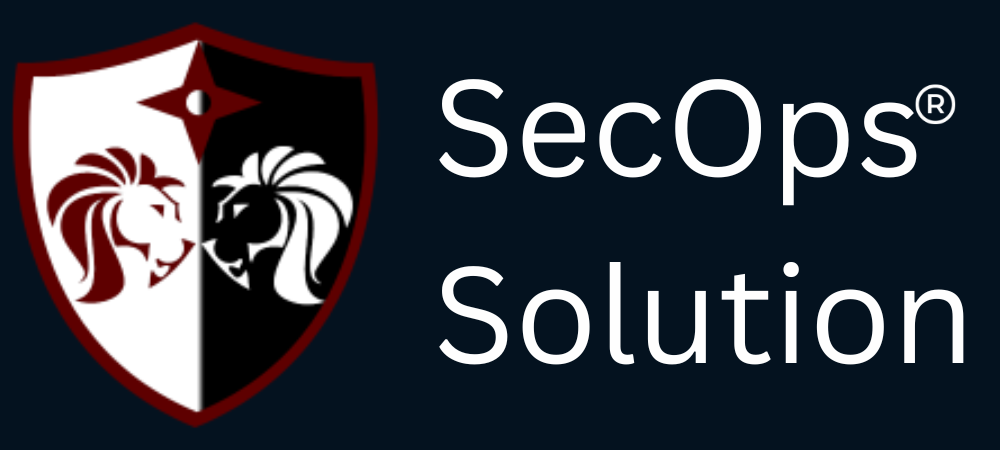
Agentless security for your infrastructure and applications - to build faster, more securely and in a fraction of the operational cost of other solutions

hello@secopsolution.com

In today’s rapidly evolving IT environment, keeping software systems updated and secure is a crucial aspect of cybersecurity. With the rise of ransomware and zero-day vulnerabilities, patch management tools like Kaseya and NinjaOne have become indispensable. Both are popular platforms trusted by IT professionals across industries—but which one should you choose for your organization?
Let’s take a closer look at Kaseya vs NinjaOne, comparing their features, strengths, limitations, and suitability for different use cases.
Kaseya offers a comprehensive IT management suite, and its patch management capability is integrated into VSA (Virtual System Administrator), Kaseya’s flagship product. It caters primarily to MSPs and IT departments managing large-scale environments.
Key Features:
Pros:
Cons:
NinjaOne (formerly NinjaRMM) is known for its modern, intuitive design and is particularly popular among SMBs and MSPs looking for a lightweight, fast, and reliable remote monitoring and management (RMM) tool with built-in patching.
Key Features:
Pros:
Cons:
While tools like Kaseya and NinjaOne offer great features, many organizations are now looking for more agile, agentless, and compliance-ready solutions—and that’s where SecOps Solution stands out.
SecOps Solution provides a powerful agentless patch management platform that:
Whether you're a startup, SMB, or large enterprise, SecOps Solution makes patching seamless, secure, and scalable—without the complexities of managing agents or bloated infrastructures.
Kaseya and NinjaOne are both solid contenders in the patch management space, each with its own strengths. Your choice should depend on your team’s size, technical requirements, and long-term IT strategy. But if you’re looking for a modern, agentless approach that simplifies security and compliance, SecOps Solution might just be the answer.
SecOps Solution is a Full-stack Patch and Vulnerability Management Platform that helps organizations identify, prioritize, and remediate security vulnerabilities and misconfigurations in seconds.
To learn more, get in touch.